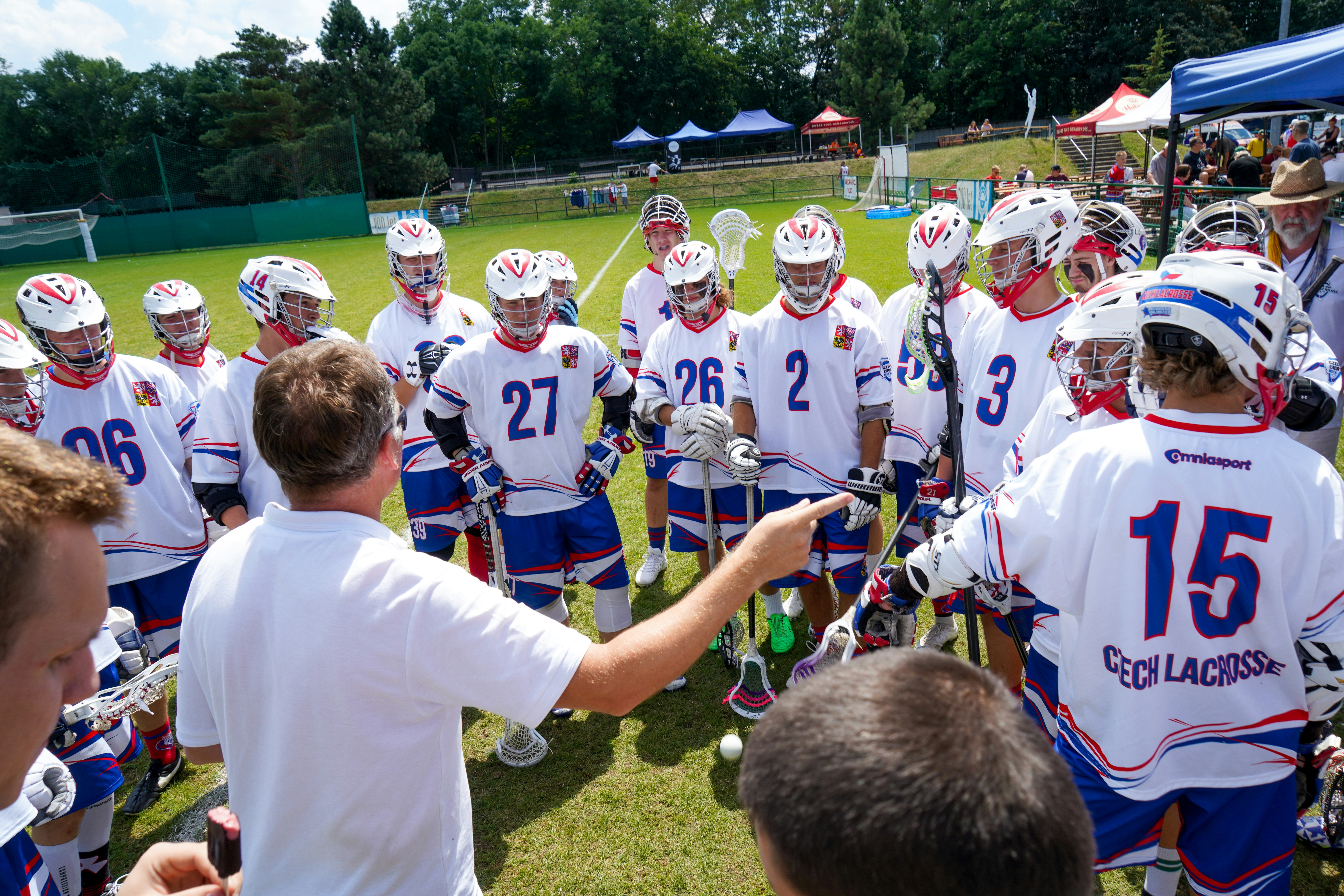The last event that wraps up the Scaled Agile Framework’s (SAFe) PI Planning, is the PI Planning Retrospective. Despite being the final event on the agenda, its significance cannot be understated. The goal of the Planning Retrospective is to reflect on the PI Planning process, capture feedback, and identify opportunities for improvement.
What is PI Planning Retrospective?
The PI Planning Retrospective is a focused review at the end of PI Planning. It is dedicated to evaluating the planning event itself rather than the overall program increment. This retrospective addresses both the logistical and procedural aspects of PI Planning, ensuring that any issues encountered are noted and used to enhance future planning sessions.
How is a Planning Retrospective Done?
The Planning Retrospective is usually conducted by the Release Train Engineer (RTE) and involves a brief, structured session. The duration of the retrospective ranges from 15 to 20 minutes. Unlike regular agile retrospectives, which might delve deeply into team dynamics and project specifics, this retrospective is more about evaluating the event’s logistics and overall effectiveness such as food, location, online tools used, and the inevitable discussions on preparation of Features for the event.
During the session, feedback is gathered and discussed based on predefined categories. The RTE will facilitate the discussion, group feedback into relevant categories, and capture actionable insights for future improvements.
How to Prepare for the Planning Retrospective in 5 Steps
- Set Up An Area: Create an easily accessible dedicated space for collecting feedback, either physically or on a digital collab board in Kendis.
- Encourage Ongoing Feedback: From the start of the PI Planning event, encourage participants to contribute their observations and suggestions to the board.
- Categorize Feedback: Prepare the board with specific categories such as:
- What Went Well: What should we continue to keep doing?
- What Didn’t Go So Well: What should we avoid doing next time?
- What Improvements Are Needed: How can we improve the session?
- A Big Thank You To: A chance to show gratitude to people, whether they are working remotely in unsociable hours or went above and beyond to make PI Planning successful.
- Facilitate the Session: At the end of the PI Planning, the RTE should lead a session to review the feedback, discuss key points, and gather further input if necessary.
- Action Plan: Collect and document the improvement suggestions. Determine which actions can be implemented before the next PI Planning event and assign owners for each task.
Kendis Tips for Conducting the Planning Retrospective
- Use Digital Tools: If the PI Planning is done digitally, utilize Kendis to maintain a virtual board for feedback collection.
- Keep It Focused: Focus on logistics and procedural aspects, rather than detailed team-level issues. For example, if feedback indicates that the meeting rooms were too small, focus on improving venue arrangements or selecting larger rooms for future events. Avoid getting sidetracked by unrelated concerns, such as specific team conflicts or individual performance issues
- Encourage Participation: Make sure all participants are aware of the feedback board and encourage them to contribute throughout the PI Planning event.
- Address Feedback: Group and address feedback by relevant categories such as location, feature preparation, and resource availability. For instance, if the location was inconvenient, consider adjusting the venue for future events.
Conclusion
The PI Planning Retrospective is a crucial yet often overlooked part of the PI Planning process, especially given fatigue that can follow a two-day or even week-long event. Unlike typical Agile retrospectives that may involve deep dives and the “5 Whys” analysis, this retrospective focuses on quickly identifying any improvements needed for future planning sessions. It’s not about scrutinizing every detail but rather about capturing actionable feedback to enhance the overall experience. Whether it’s addressing logistical issues like parking or refining the planning process itself, the goal is to streamline future sessions and ensure a more effective and efficient PI Planning experience.
To learn more, click here.









